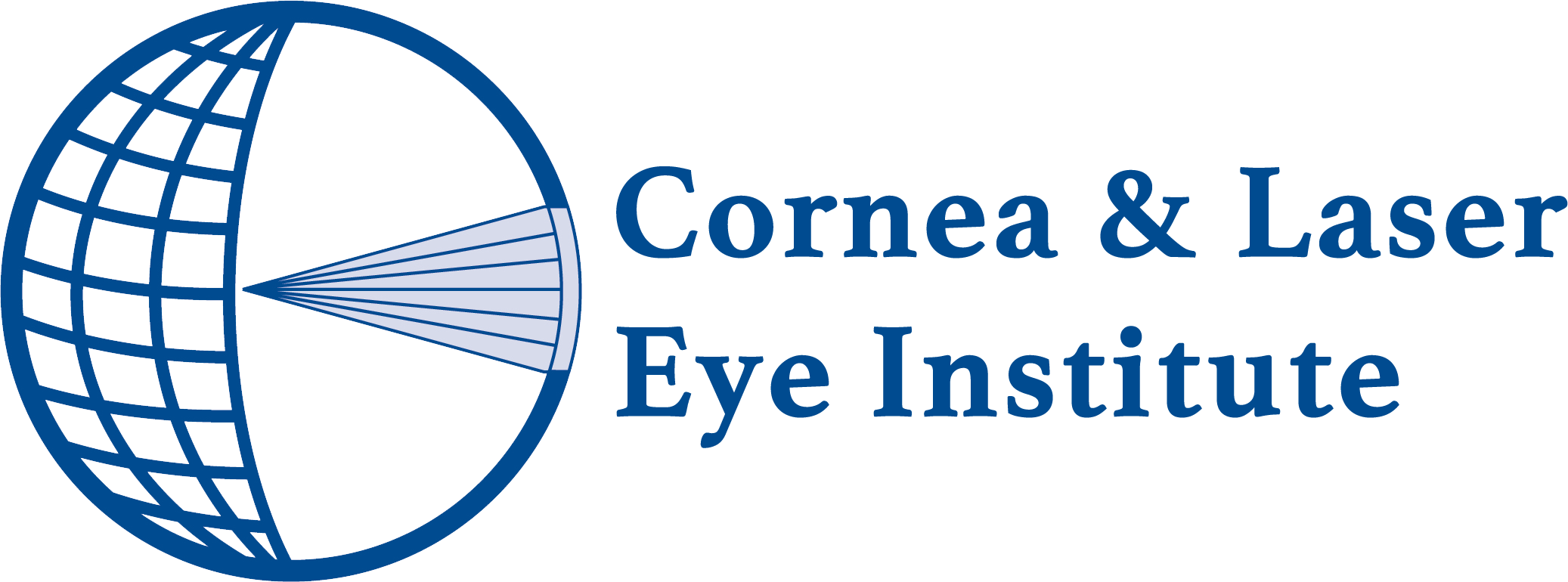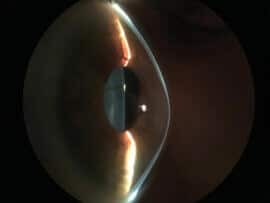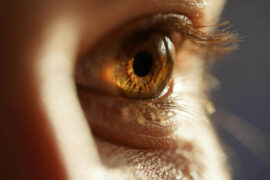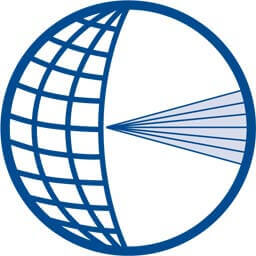Corneal crosslinking (CXL) is a procedure designed to strengthen the cornea, the clear front part of your eye. It’s used to treat conditions like keratoconus and post refractive surgery corneal ectasia. Both are progressive eye diseases that can cause your cornea to thin and bulge. While CXL is a safe and effective procedure, it’s important […]
Read More
Posted by Cornea and Laser Eye Institute on June 18, 2024
Keratoconus is a progressive eye condition affecting corneal shape. Keratoconus is primarily caused by a focal weakness in the collagen that makes up the cornea. This weakness causes the cornea to thin and bulge into a cone-like shape. It’s similar to a weak spot on a soccer ball or basketball. The weak point stretches and […]
Read More
Posted by Cornea and Laser Eye Institute on June 18, 2024
When Are Scleral Lenses The Best Option for Keratoconus? Scleral lenses have become a primary contact lens option for keratoconus. They can be used for mild to moderate cases but are especially effective when keratoconus is advanced or other contact lenses fail. Scleral lenses offer unique advantages over other keratoconus contact lens options. Because they […]
Read More
Posted by Cornea and Laser Eye Institute on June 18, 2024
While all optometrists and ophthalmologists are licensed to prescribe contact lenses, not all possess the specialized skills and experience needed to create optimal lenses, particularly for those with keratoconus. Optometric and ophthalmologic programs typically provide limited education on specialized medical contact lenses, focusing primarily on basic principles and disposable soft lenses. The expectation is that […]
Read More
Posted by Cornea and Laser Eye Institute on June 18, 2024
Keratoconus is a progressive eye condition that affects the shape of the cornea, leading to distorted and blurred vision. It typically develops during adolescence or early adulthood and can worsen over time if left untreated. In this comprehensive guide, we will delve into the causes, symptoms, and diagnosis of keratoconus, explore treatment options, and provide […]
Read More
Posted by Cornea and Laser Eye Institute on May 15, 2024
Introduction to Keratoconus and the Need for Effective Treatments Keratoconus is a progressive eye condition that affects the shape and structure of the cornea, the clear dome-shaped front surface of the eye. This condition causes the cornea to thin and bulge, resulting in distorted vision. It typically begins during adolescence or early adulthood and can […]
Read More
Posted by Cornea and Laser Eye Institute on May 15, 2024
Keratoconus, a progressive eye condition characterized by the thinning and bulging of the cornea, presents a significant challenge in the field of ophthalmology. For individuals afflicted with this disorder, the distorted shape of the cornea can lead to visual impairment and a diminished quality of life. While traditional treatments such as glasses, specialty contact lenses, […]
Read More
Posted by Cornea and Laser Eye Institute on April 16, 2024
Corneal Tissue Addition Keratoplasty (CTAK) is a novel tissue addition technique that improves corneal curvature and vision for patients with keratoconus. Keratoconus is characterized by thinning of the cornea resulting in a steep cone shape and irregular astigmatism. In technical terms, CTAK is a form of lamellar keratoplasty where a customized sterilized corneal stromal inlay […]
Read More
Posted by Cornea and Laser Eye Institute on April 16, 2024
Introduction to Keratoconus Keratoconus is a progressive eye condition that affects the shape of the cornea, the clear front surface of the eye. Keratoconus, once thought to be a rare disorder, has turned out to be relatively common. This disease can have a significant impact on a person’s vision and quality of life. Understanding the […]
Read More
Posted by Cornea and Laser Eye Institute on February 20, 2024
Keratoconus is a progressive eye condition that affects the shape of the cornea, causing it to become thin and bulge out into a cone shape. This can result in various vision-related symptoms, including halos, glare, flares, smears, overlapping images, multiple images, streaking, and starbursts. While there is no cure for keratoconus, there are several strategies […]
Read More
Posted by Cornea and Laser Eye Institute on December 19, 2023











